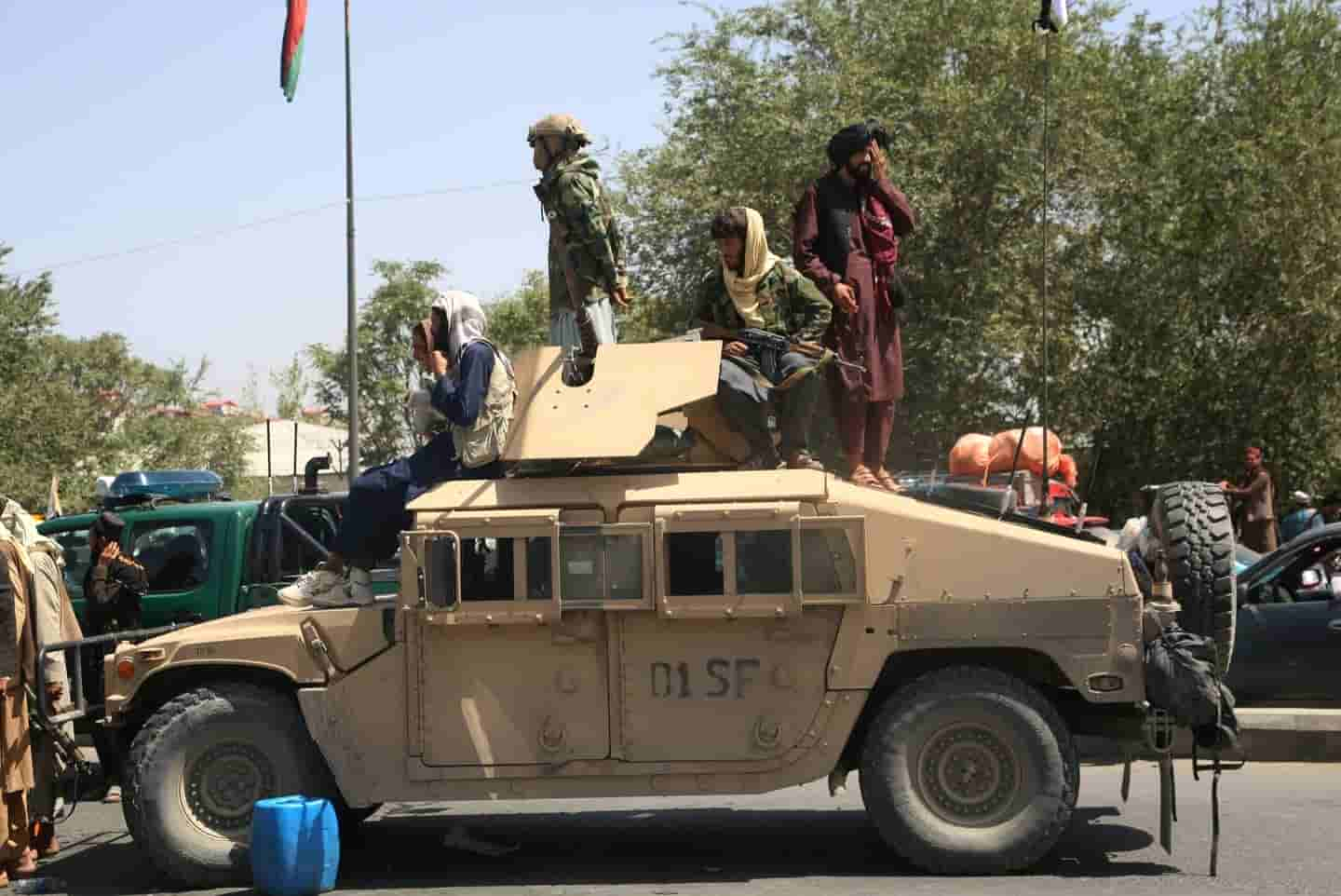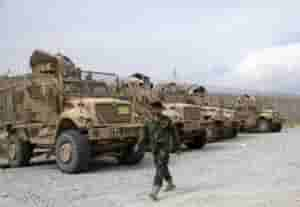After the United States pulled out their military troops from Afghanistan last August, some of their equipment got left in the country. Now, the equipment is in the hands of the Taliban, and although the equipment is inoperable, they can study how the United States of America builds its weapons.
The equipment left in Afghanistan includes aircraft and armored vehicles. According to reports from experts, China will most likely work with the Taliban and learn about how the U.S. military builds and uses its tools for war. After they know of this information, they can tailor weapons and tactics that will attack the vulnerabilities or shortcomings of U.S. aircraft and armored vehicles, Defense One reported.
MacDonnell Ulsch, the CEO and chief analyst of Phylax Analytics, released a statement regarding this possibility. He said that aside from knowing about the equipment’s vulnerabilities left in Afghanistan, it will help China understand how U.S. forces work with partner militaries.
He added, “If you were to take all of the technology that was currently deployed in Afghanistan by the [United States] and you made an assessment of that, you have a point in time, and a point in place reference of what the status quo is; what technology is being used, how much it costs, what’s it capable of doing and you realize it’s going to a developing nation.” The Taliban already highlighted their partnership with China, and the latter country began giving millions in aid to the new government in Afghanistan.
Josh Lospinoso, CEO of cybersecurity company Shift5, opined that the only reason why the United States is not seeing attacks is “because of a veil of secrecy around these systems. Once you pierce that veil of secrecy…it massively accelerates the timeline for being able to build cyber weapons” so they can attack the United States.

Lospinoso’s opinion has weight because he spent ten years in the Army conducting penetration tests against radios, small computers, and other IT gear deployed in Afghanistan.
Lospinoso further pointed out regarding the job he has done, “You now have some or all of the electronic components on that system and it’s a representative laboratory; it’s a playground for building, testing, and iterating on cyber-attacks where maybe the adversary had a really hard time” until he obtains actual copies of the gear. Although it is a playground for building, testing, and iterating, it also is a playground for the other party to “develop attacks against similar items.”
Georgianna Shea, who spent five years at MITRE Adversarial Tactics, Techniques, and Common Knowledge, also has the same opinion. She said that the loss of key equipment of the U.S. to the Taliban exposes everything they do, such as their plans of action, how they configure things, and how they protect things.
She pointed out, “It allows them unlimited time and access to go through and find vulnerabilities that we may not be aware of.” Shea added that it’s not just a vehicle as the equipment left is full of “radios, technologies, cryptosystems, things we don’t want our adversaries getting a hold of.”

